Opportunities in the Toys Market in China
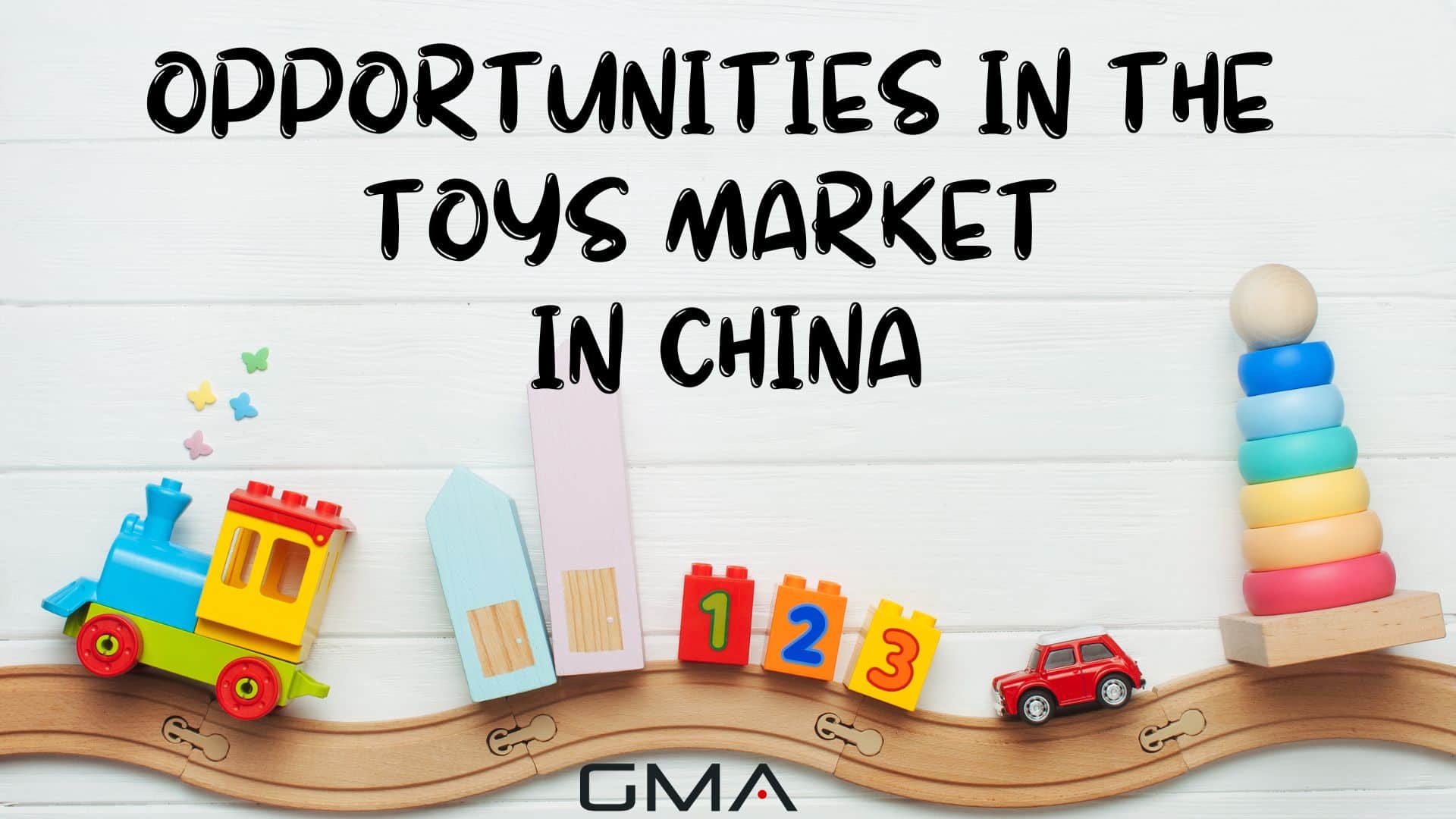
The toy market in China has experienced rapid growth in recent years and is now a vast and dynamic industry. Generating approximately 56.28 billion U.S. dollars in 2022 in revenue, it is the largest toy market in the world, making it an essential player in the global toy industry.
The market is expected to continue to grow, with an estimated value of $78.21 billion by 2027. The annual growth would be 6.80% between 2022 and 2027. As this market continues to evolve, it presents both opportunities and challenges for businesses looking to enter or expand their presence in China.
Cost-Effective Agency
KPI and Results focused. We are the most visible Marketing Agency for China. Not because of huge spending but because of our SMART Strategies. Let us help you with: E-Commerce, Search Engine Optimization, Advertising, Weibo, WeChat, WeChat Store & PR.
In this post, we will explore key insights into China toys market – from consumer behavior and factors driving its growth to emerging trends and strategies for entry into this exciting space. So let’s dive deeper into understanding what makes China’s toys market so fascinating!
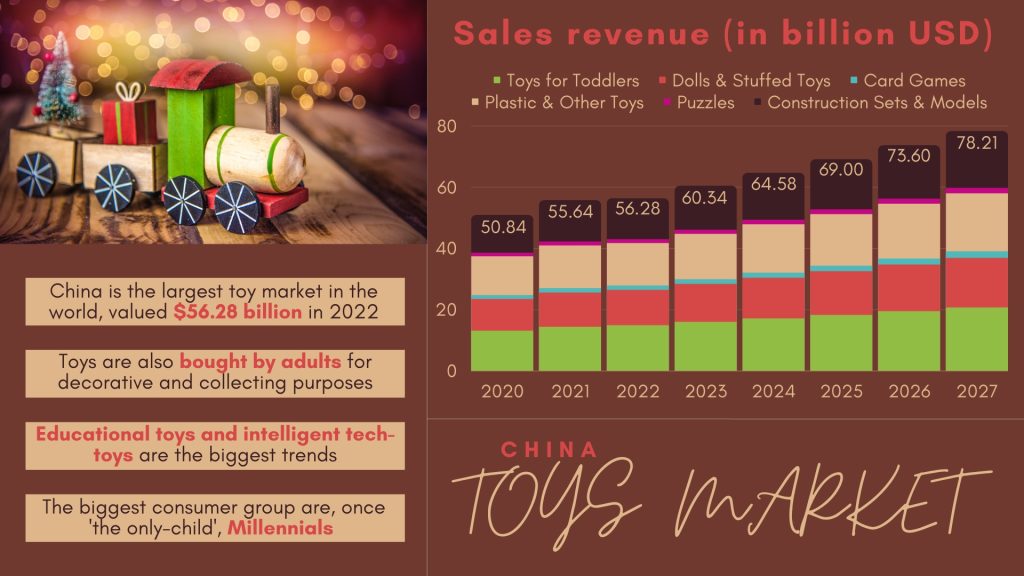
Background Of The Global Toy Industry
Understanding the global toy industry is crucial before focusing on China’s market dominance. The industry has grown significantly in recent years, with a projected value of $230.64 billion by 2028 and a rising demand for toys from young adults.
China is a major player in the industry, accounting for 70% of global toy manufacturers.
Influence Of Chinese Culture On Toy Preferences
It’s important to understand the influence of Chinese culture on toy preferences in China. Younger Chinese consumers are driving a boom in popularity and prices for collectible toys, reflecting their strong attachment to traditional cultural values that prioritize social connections and respect for elders.
Understanding this cultural context is crucial when developing marketing strategies targeting Chinese consumers.
For example, leveraging popular TV shows or movie franchises can be successful, but it’s also necessary to consider how they align with local tastes and customs. With over half of global toy exports originating from China, there is no denying the powerful impact of Chinese culture in shaping toy preferences across the world market.
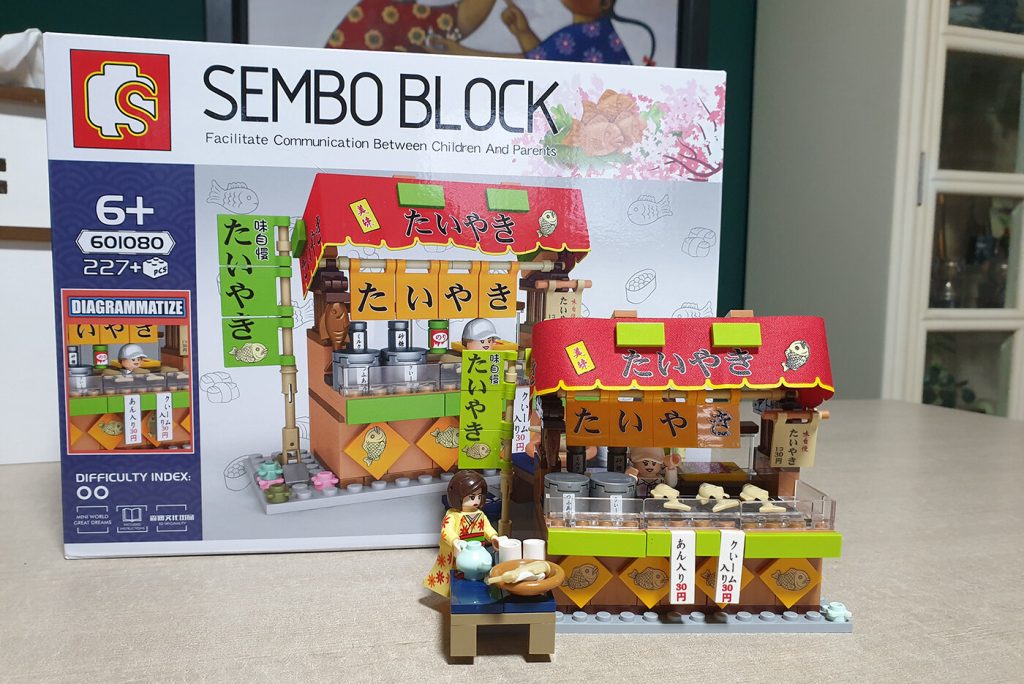
China Toy Market Overview: Factors Driving Growth
Understand The Chinese Consumer And Cultural Nuances
To succeed in China’s toy market, toy companies need to understand the customs and cultural nuances of Chinese consumers. Unlike Western markets, China has unique cultural values and social customs that greatly influence consumer behavior.
For example, family plays a prominent role in Chinese society, which means products that promote family bonding or collectivism are more likely to resonate with Chinese consumers.
Another key factor to consider when targeting Chinese consumers is their preference for local toy brands over international brands. Brands that cater to local tastes by using traditionally-inspired designs or collaborating with popular local celebrities tend to perform better than those that do not acknowledge these nuances.
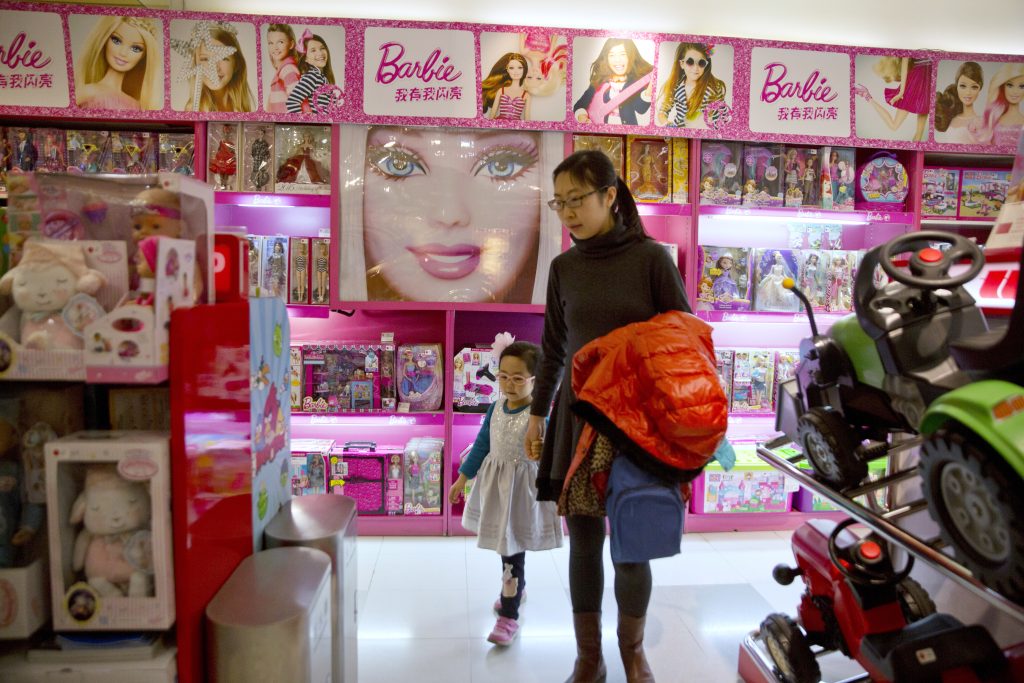
China’s Millennial Parents are Investing in Premium Toys to Pamper Their Kids
In the Chinese toys market, the largest consumer group comprises Millennials, which comes as no surprise given that many of them are now parents with young children. Millennials belong to the one-child policy in China, and while some might assume they wouldn’t excel as parents due to their playful nature, market research proves otherwise.
A study conducted by The Chinese Academy of Social Sciences revealed that 30% of Millennial parents dedicate over 3 hours daily to play with their children, surpassing the involvement of parents from the 80s (24%) and 70s (12%).
These modern parents firmly believe in the educational value of playtime and are buying toys that can enhance their children’s learning abilities. Contrary to popular notions, they actively participate in their kids’ development and prioritize the role of play in their educational journey. Their toy purchases reflect that.
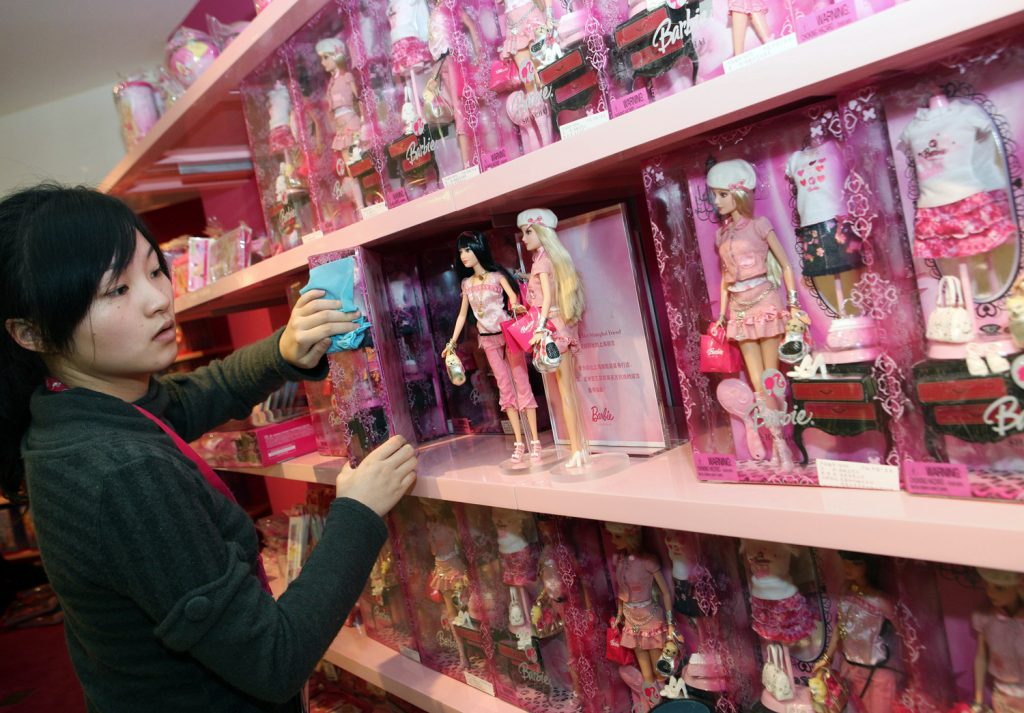
Two-Child Policy and Its Impact
The two-child policy in China has led to an increase in the number of newborns added each year, resulting in a demographic shift and an increase in demand for products catering to children, including toys.
The toy industry is expected to benefit from this trend with sales projected to grow as more families welcome new additions, presenting a unique opportunity for businesses looking to enter or expand their presence in China’s toy market.
Unveiling the Latest Toy Market Trends in China
In China, the toy market exhibits several notable trends, such as:
- Home Entertainment Demand: With many Chinese cities enforcing a zero-covid policy, the need for home entertainment is on the rise. Parents seek toys, particularly educational and activity toys, to keep their kids engaged and entertained while staying indoors.
- Intelligent Toys and High-End Electronic Toys: High-tech electronic toys, including remote-controlled plastic toys and robots that can respond to commands, have gained immense popularity among Chinese children. Interactive and programmable toys like Bo and Yana are especially sought after for their educational value.
- Traditional Stuffed Toys Resurgence: The relaxation of the one-child policy and increasing disposable incomes among middle-class Chinese parents have led to a surge in demand for traditional and decorative toys made of cloth (especially if they are cartoon characters), especially for newborns in China.
- Educational Toys: Modern parents, especially in the competitive Chinese environment, prefer educational toys that promote early learning and development. STEM items incorporating AI and virtual reality are particularly in demand among Chinese parents willing to invest in their children’s education. Also, various toys for the outdoors develop their gross motor skills.
- Toys for All Ages: The toy market isn’t solely focused on children and teenagers. Adults also show interest in the gaming sector, known as “Kidults,” where products range from LEGO buildings to pop toys, board games, and puzzles.
- Trending Toys and IP-Licensed Products: “Fashionable toys” or Chowan are gaining rapid popularity, particularly among children who desire what their peers have. These toys, often linked to the latest market trends, also appeal to collectors and adults. For example, Molly’s dolls in “blind boxes” have created a buzz in the Chinese toy market.

Chinese consumers have a special fondness for “blind box” purchases, a trend seen across various industries, including toys, food, and even pets.
Strategies For Entry Into China’s Toy Market
The key to success in China’s toy market lies in effective branding. Any toy business seeking to enter this market should recognize that Chinese consumers prefer products from recognizable brands. This is particularly crucial for toys, as children significantly influence purchasing decisions. The most desirable toys are typically those featured in videos, and commercials, and widely owned by their peers in kindergartens or schools.
Moreover, to sell products on China’s e-commerce platforms, establishing a strong presence in the country is essential. Without an established brand, these platforms are unlikely to permit sales. Therefore, increasing brand visibility becomes paramount, and achieving this goal involves several strategies, including having a Chinese website, implementing good Baidu SEO, leveraging social media platforms, and collaborating with influencers.
Chinese Website and Baidu SEO
Having a Chinese website is a vital first step. When Chinese parents search for information, they often turn to Baidu. Hosting a Chinese website in China enhances its visibility in Baidu’s search results. Although some Chinese people have improved their English proficiency, the majority still prefer Mandarin.
Thus, a Chinese website has a greater chance of attracting an audience and ranking higher in search results, as Baidu favors Mandarin websites hosted in Mainland China. To capture the attention of parents and children open exclusive online stores. It is advisable to include engaging videos on the website and ensure reliable customer service, enabling interested consumers to ask questions through a chat box.
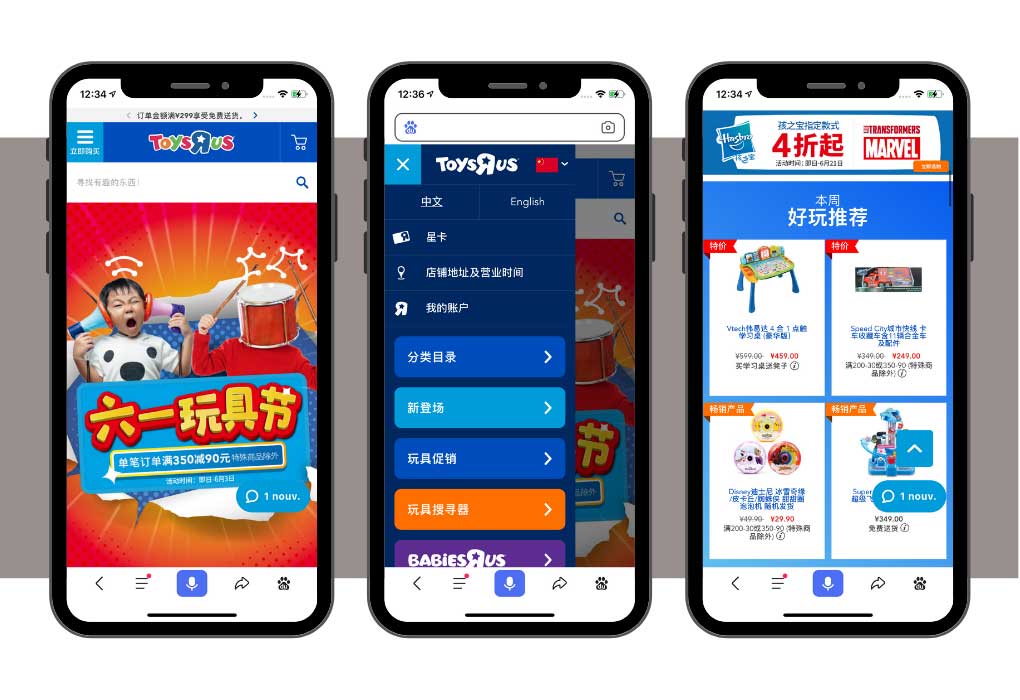
Besides Baidu SEO, it is essential to explore other avenues to bolster brand reputation and website visibility. Engaging with Chinese consumers on various online forums like Baidu Tieba, Zhihu, or Baidu Zhidao can offer valuable insights into shopping habits and opinions on toys and foreign companies. Creating discussions or topics about the brand or participating in conversations related to the toys market in China can help increase brand recognition.
Additionally, participating in parenting websites and forums allows toy businesses to understand the specific needs and preferences of Chinese children and parents regarding toys. Investing in Baidu Paid Advertising can also generate more buzz and direct traffic to the brand’s website.
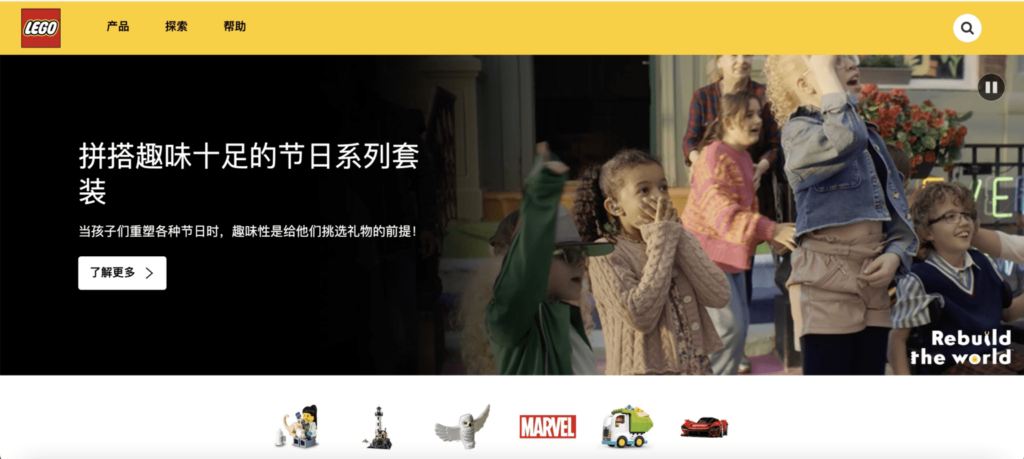
Chinese Social Media
The Chinese social media market is a behemoth. More than 90% of the population there has an account on one or more networks, and having a strong presence will increase your chances of becoming viral through those channels. For this to happen, you can share content across both WeChat and Weibo’s large platforms in China.
Digital marketing in China has its pros and cons. Different social media are used for different purposes, but most importantly an official account on these platforms is necessary to appear more legitimate than those who do not have one. These channels allow companies to share stories with their audience as well as advertise themselves through paid content if they choose- the sky’s the limit!

KOL Marketing
Utilizing Key Opinion Leaders (KOLs) is an exceptional marketing strategy to gain traction in China’s market. This form of marketing relies on individuals who have significant influence over potential customers through content sharing. KOL marketing is widely embraced and highly effective in China. These opinion leaders hold a unique position, as Chinese users place immense trust in these web celebrities.
From popular social platforms like WeChat to Douyin (also known as TikTok in other regions), each platform boasts its own pool of influencers. However, not every influencer is suitable for promoting any brand. The key lies in selecting the right KOL who can genuinely engage the community and align with the brand’s values. This is especially pertinent when promoting toys in China, given the plethora of parenting accounts with large follower bases that can be reached through KOLs.
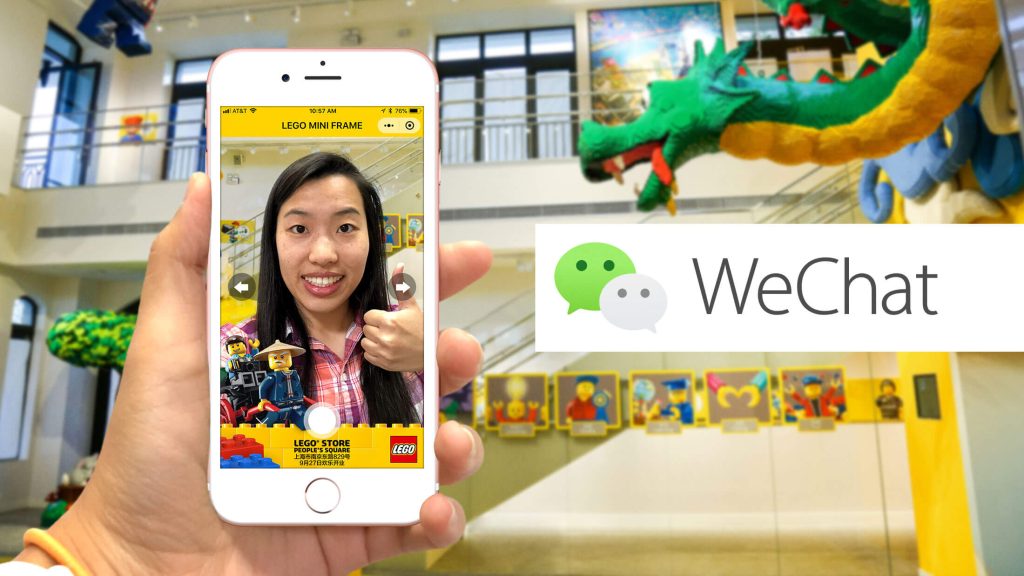
Importance Of E-commerce In China’s Toy Market
Tmall, Taobao, and JD.com stand out as the primary platforms for online stores and sales in China, each housing various product categories. Selecting the most suitable platform is crucial, considering the rules, policies, and costs applicable to foreign brands.
While these platforms provide great exposure and potential for sales, they can be expensive, making them more viable for larger brands with a solid market presence. For smaller brands or those wanting to test the waters first, starting with a WeChat Store or selling products on Xiaohongshu (Little Red Book) can be a more cost-effective solution. These platforms allow brands to gauge market interest, identify potential audiences, and gradually build their presence in the Chinese market before committing to larger-scale operations on the major e-commerce platforms.

Collaborations And Partnerships
One potential strategy for businesses considering entering China’s toy market is to pursue collaborations and partnerships with existing players in the industry.
This approach not only helps companies gain access to established distribution channels and networks, but also provides opportunities to tap into local expertise and cultural insights.
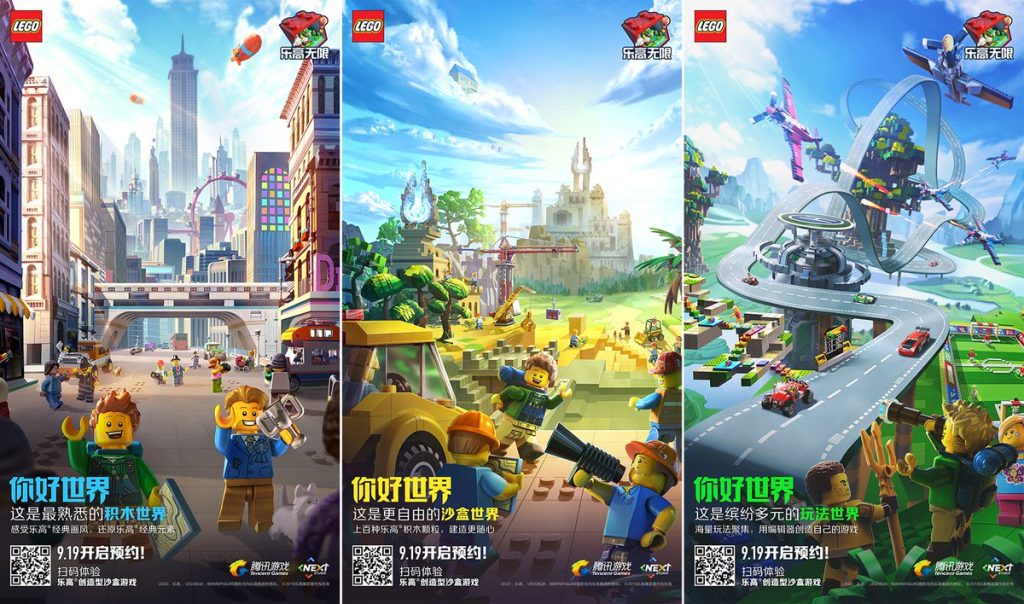
For example, foreign brands like Lego have successfully entered the Chinese toy market by partnering with e-commerce giant Alibaba Group’s Tmall platform and creating exclusive product offerings tailored for Chinese consumers.
Additionally, there are various opportunities for collaboration within emerging trends in the Chinese toy market such as designer toys. According to a recent report by Euromonitor International, this subcategory of collectible toys has gained popularity among young adults in China seeking unique products that reflect their personalities and interests.
Localization: The Lego Case Study
Lego has been in China for a really long time (1993) and has encountered many challenges, the main one being to compete against counterfeit selling at a much cheaper price. Not only does Lego work on its reputation in the country: safety first but also focused on offering China a fully localized experience and product line.
In terms of localization, it’s important to mention Lego’s Chinese name. Lego’s Chinese name, “Legao,” is the result of playing with words in both English and Mandarin. The two characters used to form Lego are 乐高 which when translated from Mandarin means happiness or cheerfulness. This adds a sense of joy that translates well into our home-building toys! (We can help you come up with a great Chinese name for your brand as well!)
The iconic Danish toy company Lego invested a lot of time and effort to broaden its product range in China. In 2000, they began producing watches, umbrellas, and posters as well as featuring adverts for the toys in the Chinese children’s magazine “Milaoshu”.

Lego’s designers in China have a new idea to attract more attention – what if people could play with the Lego products before they buy them? The 1st store was opened in Beijing with 2/3 of its space dedicated to playing with all sorts of cool toys followed by another one in Shanghai. These initiatives seem successful because their sales increased by about 50% in two years!
As of 2023, the company boasts an impressive network of 380 stores strategically located throughout China. Lego has established a substantial foothold in China’s toy market, commanding an impressive 43% share of the construction and building toys market in the country.
It is not the first time Lego China releases China Edition sets. One example is sets of blocks that portray scenes such as the Dragon Dance and a traditional New Year celebration. The company also added constructions like China’s Great Wall or Shanghai.
Trust Our Agency to Promote your Toys Brand in China
In summary, the toys market in China offers a lucrative opportunity for businesses looking to enter this industry. The market has immense growth potential, thanks to the country’s large population, burgeoning middle class, increasing disposable income, and supportive government policies.
However, it is crucial to understand consumer behavior and cultural nuances and adopt effective marketing strategies.

GMA, a digital marketing agency located in Shanghai specializes in the development and elaboration of the marketing and digital strategies of companies to help the latter to develop and promote their activities in China. Our international team of 70+ experts makes us an ideal agency to develop your interests in China.
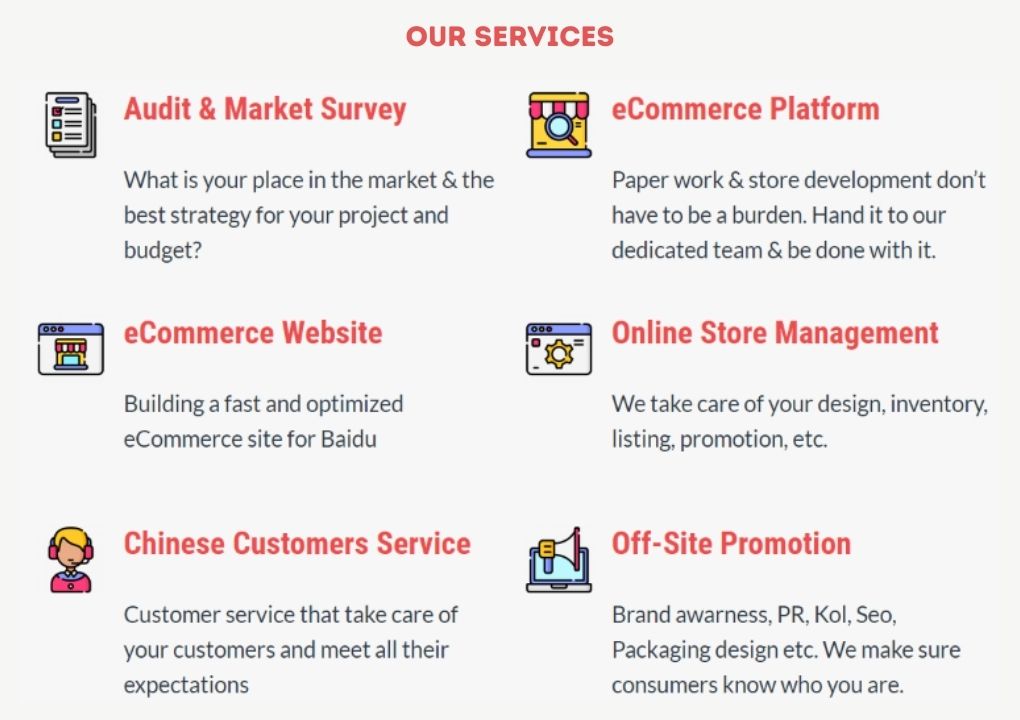
Feel free to reach out to us with any comments or inquiries regarding your project. We are more than happy to discuss your brand’s potential in China. Take advantage of our complimentary discovery call, where one of our specialists will assess the opportunities that await your brand in the Chinese market.
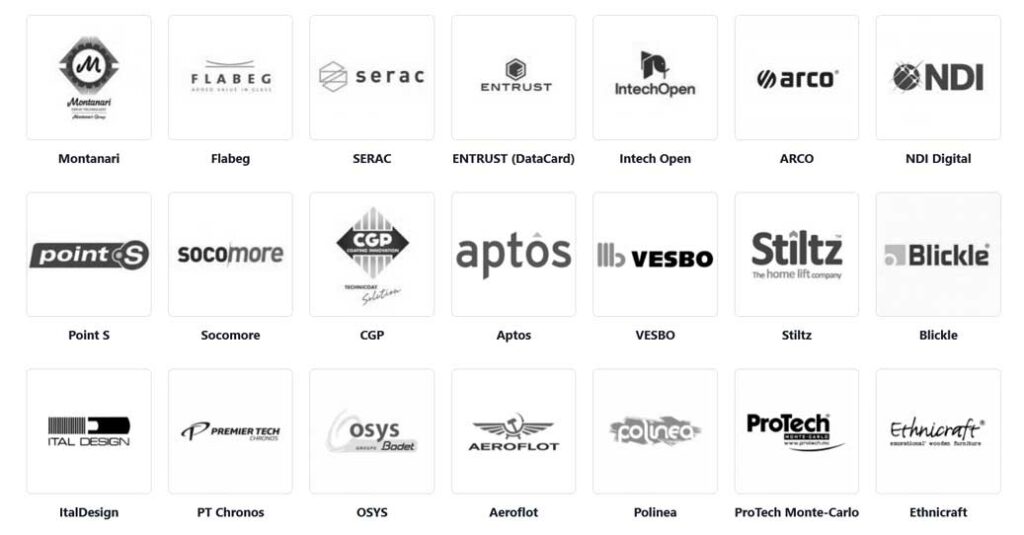




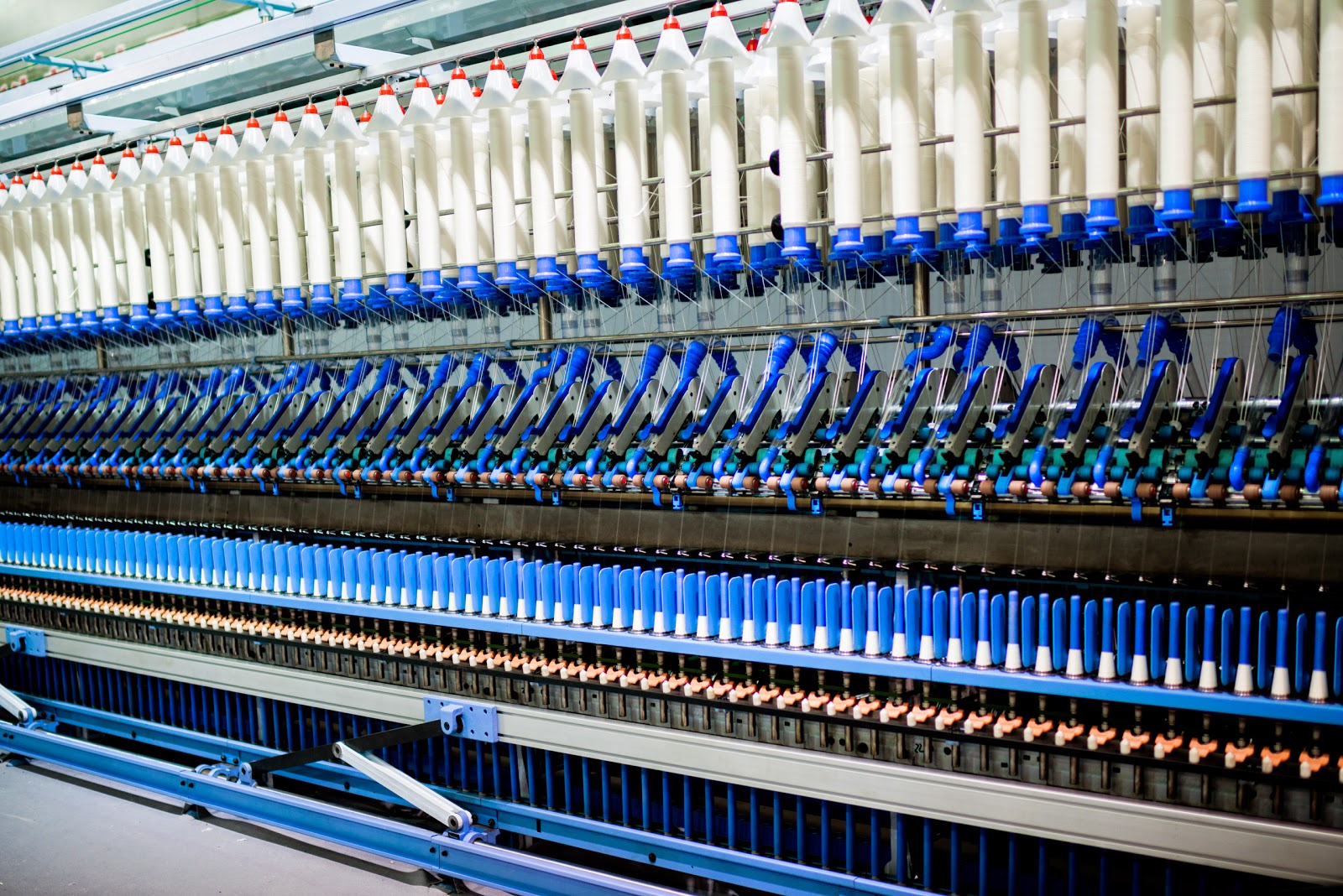

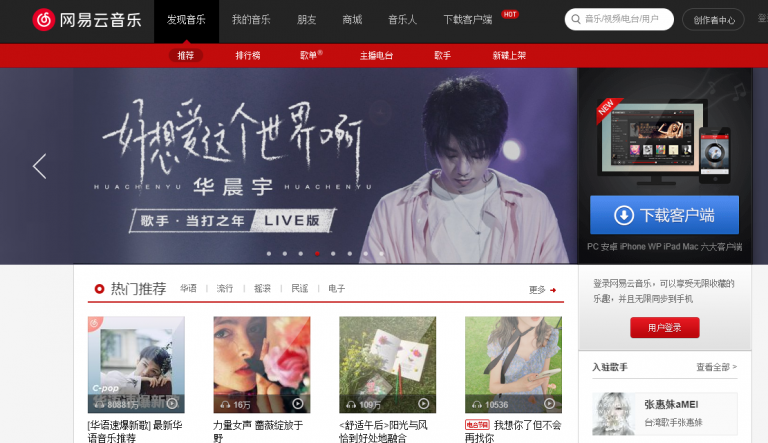
Great article, congrats. 80% of toy are made in China in Europe for sure.
And now, it is time for Chinese people to play with the toy .
Toy business is really great , according to experts that come to my club.
Do your company have global SEO service?